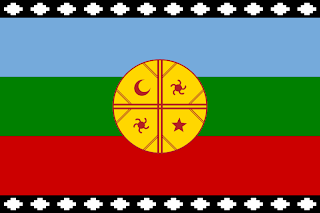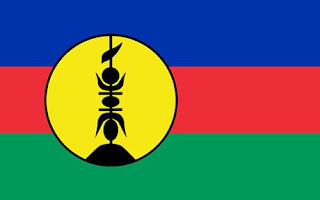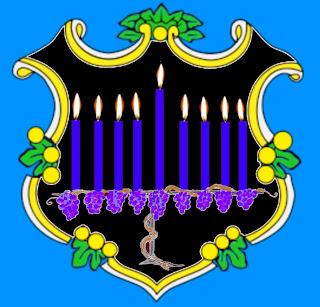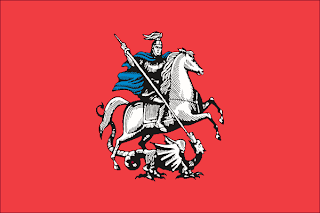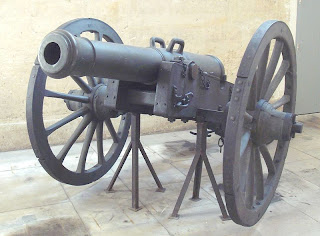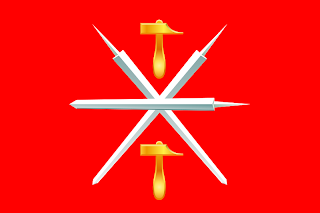
2010 was a rather active year for vexillology. Two national flags changed - the flag of Malawi and Burma! In the South Pacific the special overseas French Territory of New Caledonia adopted the previously rebel Kanak Flag as being official.
King, North Carolina
Christian Flag Rally 2010
Christian Flag Rally 2010

On the flag controversy front - the desecration of the US flag was a non issue. But it may come up again in 2011, with the new Republican Congress? But in North Carolina the flying of Christian Flag at a veterans memorial was perhaps the most controversial vexi-issue. With the 150th of the US Civil war in order, the Confederate flag is poised to be an issue in 2011.
Flag of Chile rev upped the
Chilean Spirit for the Miners
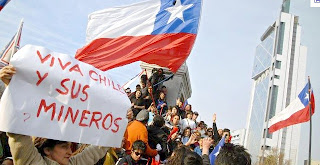
Unfortunately due to national disasters the flags of Chile and Haiti were plastered all over the news media. At least with the trapped Chile miners it was a happy ending, Haiti is still recovering. Which ever nation gets hit with misfortune will at least gets its flag flying all over the news networks. This causes the suffering nation to get a boost of communal flag-salute prayer energy, or something like that.
North Korea was able to gets its flag waved 'In Your Face America' due simmering issues and festering back karma. Thus North Korea won the top prize of 'enemy flag' of the USA in 2010. Maybe next year Iran, Yemen, or Somalia will give the 'pain body' of North Korea a run for money? Try as 'THEY' might American people will not care about Venezeula or whatever Hugo Chaves does with his oil.
The World Cup was held in South Africa and thus the colours of South Africa waved in the limelight in addition to grand winner - i Viva Spain!
Of fanciful flags created this year - South Park flew an anti-New Jersey Flag, Coats of arms were granted to Cable news shows on their own agenda (Glenn Beck University & Steven Colbert University). But on a lighter note the flag of Disney's Tangled flew with some grace and universal humour.
New Malawi Flag

Who knows what 2011 will bring? A prediction - at least one African country will switch up there flags as soon as a new party comes into power. Maybe something exciting will happen in Eastern Europe? One thing for sure Australia and New Zealand will think about changing in the flag and do nothing about it.
Also the last moon of 2010 ends on January 4th 2011. Thus we only get four extra nights of 2010 in 2011.
GOOD BYE TO THESE FLAGS IN 2010
Malawi & Burma (Myanmar)




